Gov Eligibility Conflict Disrupts Some UK Gigabit Broadband Builds

A tricky conflict over eligibility for gigabit broadband vouchers and state aid subsidised contracts via the UK Government’s £5bn Project Gigabit scheme, which is overseen by the Broadband Delivery UK (BDUK) agency, appears to be disrupting the roll-out of full fibre (FTTP) networks in some rural parts of the country.
Just to recap. Project Gigabit aims to extend networks capable of delivering download speeds of at least 1000Mbps (inc. uploads of at least 200Mbps) to 85% or more of UK premises by the end of 2025, before rising to “nationwide” coverage (c.99%) by around 2030 (here). The project aims to achieve this by offering various support schemes, although this article is primarily focused upon the Gigabit Broadband Voucher Scheme (GBVS).
In terms of the GBVS, the scheme’s website makes clear that the primary eligibility requirements are for homes or businesses to reside in rural areas where existing broadband speeds are “less than 100Mbps” and a “gigabit capable network isn’t likely to be built to that area commercially in the near future” (i.e. no commercial or publicly funded gigabit network exists or is planned within the next 3 years).
Furthermore, any new connections deployed under the voucher scheme must be able to reach speeds that are at least double the existing connection performance, if your current speed is less than 50Mbps, or at least 100Mbps, if your current speed is more than 50Mbps.
Gigabit Voucher Eligibility Terms
1.1 To be eligible for a voucher via the Scheme, a Premises must:
1.1.1 be “Rural” according to the Office for National Statistics (ONS) or equivalent:
(a) ONS definitions D1 – F2 (England & Wales);
(b) NISRA definitions E – H (Northern Ireland);
(c) NRS definitions 3 – 8 (Scotland);
1.1.2 not be vacant / unoccupied / derelict;
1.1.3 not have speeds of more than 100 Mbps available;
1.1.4 not be part of a planned or ongoing other UK Government subsidy initiative or programme to deliver Gigabit Capable Networks,as determined by the Authority, unless the Authority has identified the Premises as being in a VPA; and
1.1.5 not be assessed by BDUK as likely to receive Gigabit Capable Networks without public subsidy.
Suffice to say that many areas upgraded under the government’s previous Superfast Broadband (SFBB) programme are allowed to benefit from gigabit vouchers, since many of those properties got speeds around the 25-50Mbps (very rough average) mark via Fibre-to-the-Cabinet (FTTC / VDSL2) and Fixed Wireless Access (FWA) technologies – both of which suffer from issues of variable performance (signal degradation over distance etc.).
A Technological Problem
Toward the end of last year ISPreview began receiving feedback from a small number of network operators that were running into some unusual problems with gigabit voucher eligibility in different parts of the UK. One of those is alternative network provider Technological, which has been rolling out a gigabit-capable Fibre-to-the-Premises (FTTP) network to several rural communities in the Mid Devon and West Somerset (England) areas.
The operator claims to have started seeing – around the tail end of summer 2023 – a situation where Unique Property Reference Numbers (UPRN) were being marked as ineligible for vouchers, which is despite the related properties (homes etc.) previously being in Voucher Priority (VPA) / GoList approved areas. Some example communities include Treborough and Armour Lane.
Technological feared this might mean that BDUK were going to implement a policy where any premises that had previously received any state aid intervention would no longer be eligible for intervention under Project Gigabit (either subsidised [GIS] contracts or voucher delivery). This, they suggested, might include all “superfast” (SFBB) FWA contracts and possibly some subsidised Openreach FTTC cabinets (i.e. those under Phase 1 of the original Superfast Broadband programme).
For example, one of Technological’s target villages – areas where they’re trying to build a new full fibre network via the voucher scheme – has 6 eligible UPRNs (properties) out of 31 scattered throughout the community. But a rival network serves some of this area via their FWA (wireless) network, which was deployed some years ago under the old SFBB (30Mbps+) contract via the Connecting Devon and Somerset (CDS) programme.
Normally such a situation would not be a problem as the gigabit vouchers should still be usable, as was the case before, but Technological say BDUK will now only allow them to build FTTP to 6 properties via vouchers, while they’re having to appeal the others. Some of those homes also have hills between them and the old network’s FWA mast, but are still flagged as being served by wireless.
Despite this, the FWA network’s related SFBB coverage under BDUK’s National Rolling Open Market Review (NR – OMR) process was, at the time of writing, still largely being flagged as “gigabit white“, which identifies premises that currently have no gigabit connectivity and where none is planned to arrive within the next 3 years. Based on that, there should be no obstruction to a full fibre upgrade, yet the problem persists.
Jim Weir, Technical Director of Technological Services, said:
“Eligibility within all the iterations of the Gigabit Voucher schemes has always been one of the most challenging aspects of the programme, but in the last 6 months we find our plans blocked at every turn with new, previously unannounced policy changes. It is inexplicable how some of these tiny clusters, in many cases 5 or 6 properties within a postcode, can have 3 or more different eligibility results.
What is most concerning is that no other operator is or has been delivering gigabit services in these areas, so in some cases we could have delivered these properties over 18 months ago when their neighbours went live, but we remain in BDUK dispute & deadlock. It does feel that BDUK lacks the capability to apply any common sense in these fringe cases and their sole objective is hoping that commercial delivery alone reaches the government’s 85% target by next year, abandoning any remains of the Outside In policy.
When FWA was first proposed as a technology on Exmoor in 2015, many communities raised concerns that it would act as a future barrier to any fixed line upgrades but were repeatedly reassured this would not be the case. It is hard to fathom why BDUK now view a 30Mbps FWA service as an impediment to any further intervention within Project Gigabit in these rural areas.
It is deeply concerning that BDUK are unable to explain or justify the grounds for this policy, nor had any discussion regarding this with the local body, Connecting Devon & Somerset, and as a result will block any future Full Fibre rollout by any operator in these areas, leaving these areas with long term socio-economic barriers.”
One of the properties being impacted by this problem in the region is a technology and data business called Shearwell Data, which had been hoping to gain access to gigabit broadband connectivity but has instead been left to struggle with a much older and less reliable connection.
Richard Webber, MD of Shearwell Data, said:
“We are a hi tec company servicing the agricultural industry worldwide employing 140 people. It is essential we have access to reliable, fast internet on our trial farm at GOOSEMOOR.
Airband’s performance has been disappointingly lacklustre on multiple fronts. The reliability of the service leaves much to be desired, with unexpected downtime lasting for hours or even days. The maximum data speed of 40 Mbps falls short of the demands of modern businesses, leading to frustratingly sluggish performance.
Adding to the woes, the support from Airband when issues arise is far from satisfactory, often falling well below the expectations of businesses relying on a stable internet connection. Trying to run a business with Airband as the ISP feels like navigating a minefield of uncertainties, where downtime can disrupt operations unexpectedly. It’s a challenging scenario that underscores the difficulties businesses face when relying on Airband for their internet needs.”
Richard mentions Airband’s old wireless network above, although it should be said that the core issue around BDUK’s eligibility rules may touch several other wireless networks, as well as a few edge case FTTC deployments, in different parts of the country.
BDUK’s Position
Naturally we queried this with BDUK via the Government’s Department for Science, Innovation and Technology (DSIT), which confirmed how homes and businesses that only have access to broadband speeds below 1 Gigabit per second (1Gbps) are still in scope for Project Gigabit’s contracts, vouchers, and hubs.
However, BDUK acknowledged that, in a small number of cases, some legacy contracts under the SFBB programme did predominantly provide some properties with speeds below 30Mbps. But crucially they say these premises are now able to access speeds of above 30Mbps and, in some cases, 100Mbps+. This might reflect the fact that it’s often simpler and quicker to upgrade an existing fixed wireless network (no cables to change etc.).
Put another way, BDUK are currently choosing to prioritise upgrades for other homes and businesses – those that have not had access to higher speeds as a result of wireless builds under the old SFBB programme. But the agency clarified that the affected premises will still be in scope for Project Gigabit, albeit only if they continue to have access to speeds below 1Gbps before the programme is complete (i.e. wireless networks are being given a bit more time to upgrade, but precisely how much time seems to be a bit vague).
A DSIT spokesperson told ISPreview.co.uk:
“It is not correct to suggest that properties that have previously received state funding for network upgrade will no longer be in scope for further intervention under Project Gigabit.”
Technological claims this means, at least for now, that potentially tens of thousands of premises in their own focus area (i.e. those covered by wireless networks under the old SFBB contracts) may be ineligible for a full fibre upgrade – via vouchers or the subsidy scheme – until such time as BDUK changes their stance. But the network provider also claims to have had some success in securing vouchers in a number of locations where the same issue should exist, which only adds to the eligibility confusion.
At this point it’s easy to appreciate both sides of the argument. The current rules, at least those expressed in public, suggest that network operators like Technological should be able to upgrade such areas to full fibre. But on the flip side, fixed wireless networks aren’t as static as older fixed lines and upgrades to backhaul or changes of equipment (CPE, transmitters / antenna etc.) can often quickly improve their performance.
However, Technological claims that some FWA networks in a similar position have never upgraded relevant parts of their network (i.e. they still suffer sub-30Mbps speeds) and have, in the recent past, also used vouchers to overbuild their own FWA networks with FTTP in certain communities. All told, this creates a lot of confusion and shifting goal posts around eligibility, which would be difficult for any network operator to navigate with confidence.
The primary issue here seems to be focused on older FWA deployments and Technological are not the only operator to raise it (others didn’t want to go on record), although some operators also claim to have run into a similar issue with certain premises that can only access slower FTTC (VDSL2) lines from Openreach. But so far BDUK indicates that this is primarily an issue with FWA networks, not FTTC.
Similarly, we must not forget that BDUK/DSIT is under a lot of pressure and scrutiny to ensure the best use of taxpayers’ money (risk aversion is par for the course), while also needing to be mindful of any potential legal risks associated with overbuilding subsidised wireless infrastructure – networks that may have the capability to rapidly improve and adapt if the necessary investment is made.
UPDATE 0:10am:
Since writing this article, BDUK has informed Technological that some of the premises in question were not previously flagged within their dataset as having a subsidised FWA connection, but this apparently changed in March 2023 when new supplier data was presented. At that point BDUK found the premises to be ineligible for support through the voucher scheme, but they did agree to honour projects that had received approval prior to this new data becoming available.
The good news is that BDUK has agreed to review the questions raised over subsidy longevity between schemes and acknowledged that they could have done a better job of communicating all of this clearly with their suppliers.
Finally, it sounds like the agency are also going to put some extra effort, alongside suppliers and the responsible local authorities, into assessing whether FWA networks in such areas are delivering on their speed promises. This may include some visits to premises where there are understood to be issues.
Mark is a professional technology writer, IT consultant and computer engineer from Dorset (England), he also founded ISPreview in 1999 and enjoys analysing the latest telecoms and broadband developments. Find me on X (Twitter), Mastodon, Facebook and Linkedin.
« Fern Trading’s UK Fibre Networks Start Shifting ISP Customers to Cuckoo
BT Group to Recruit 500 More UK Apprentices and Graduates »
Latest UK ISP News
- FTTP (5581)
- BT (3530)
- Politics (2553)
- Openreach (2311)
- Business (2284)
- Building Digital UK (2253)
- FTTC (2050)
- Mobile Broadband (1991)
- Statistics (1799)
- 4G (1681)
- Virgin Media (1639)
- Ofcom Regulation (1472)
- Fibre Optic (1406)
- Wireless Internet (1400)
- FTTH (1382)





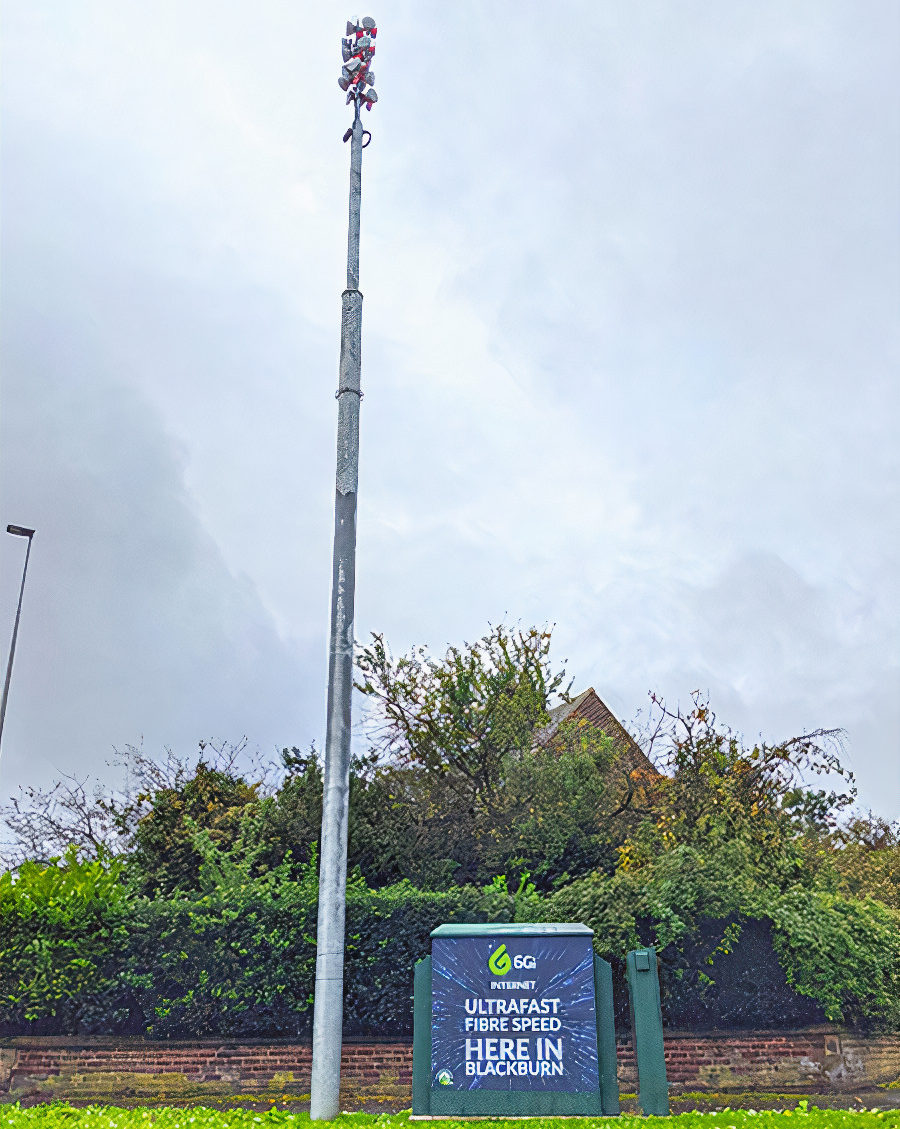

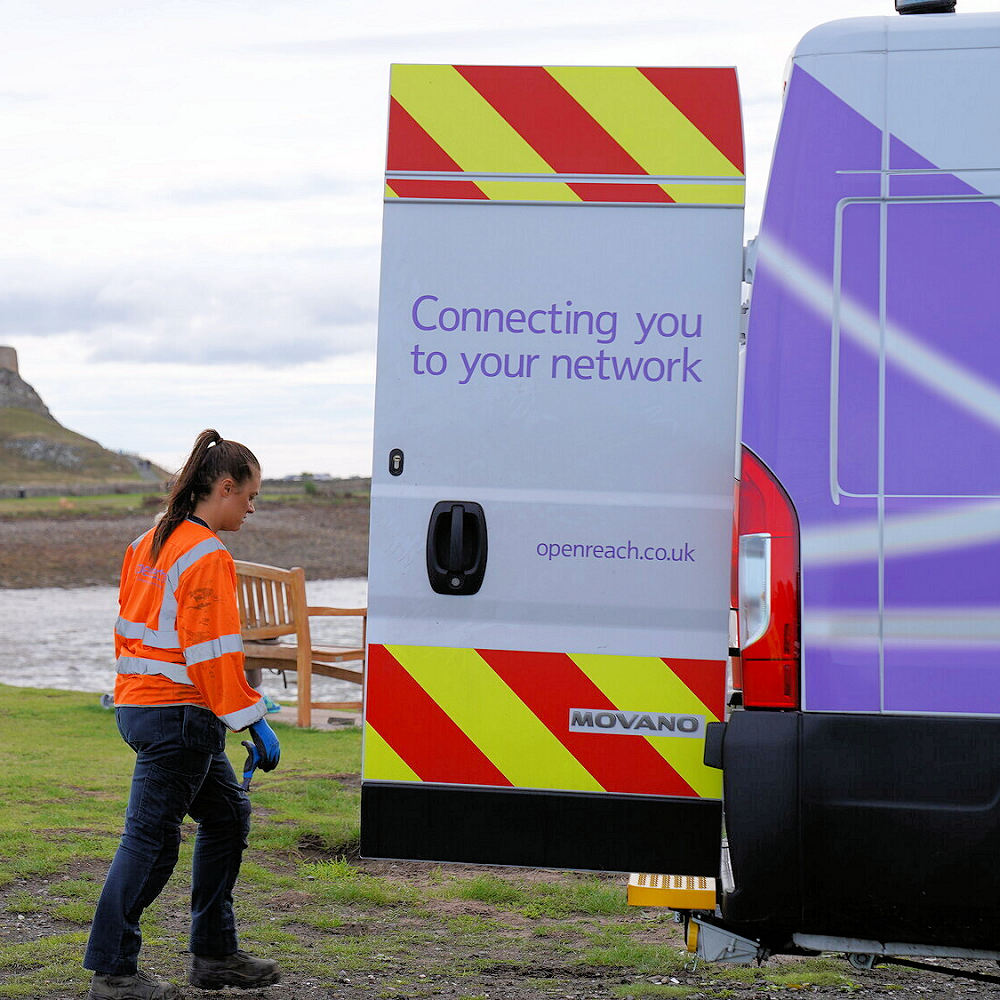

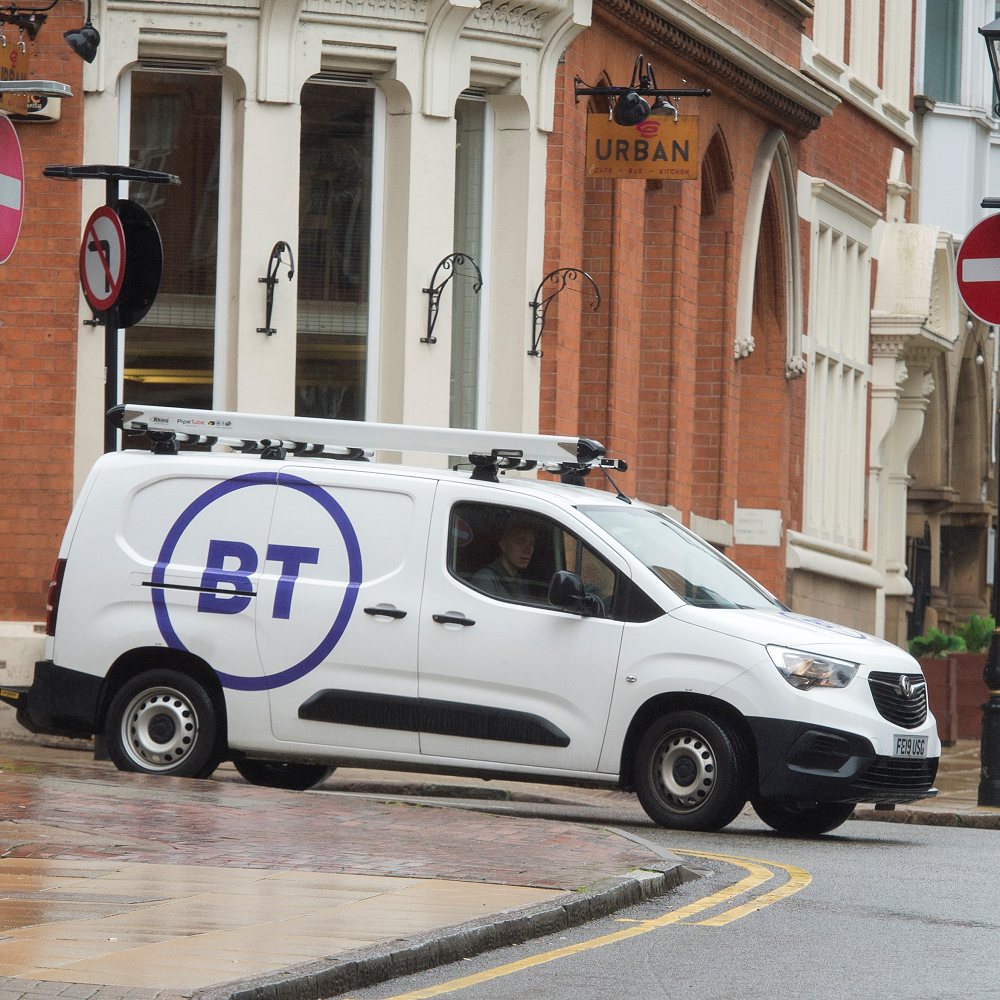
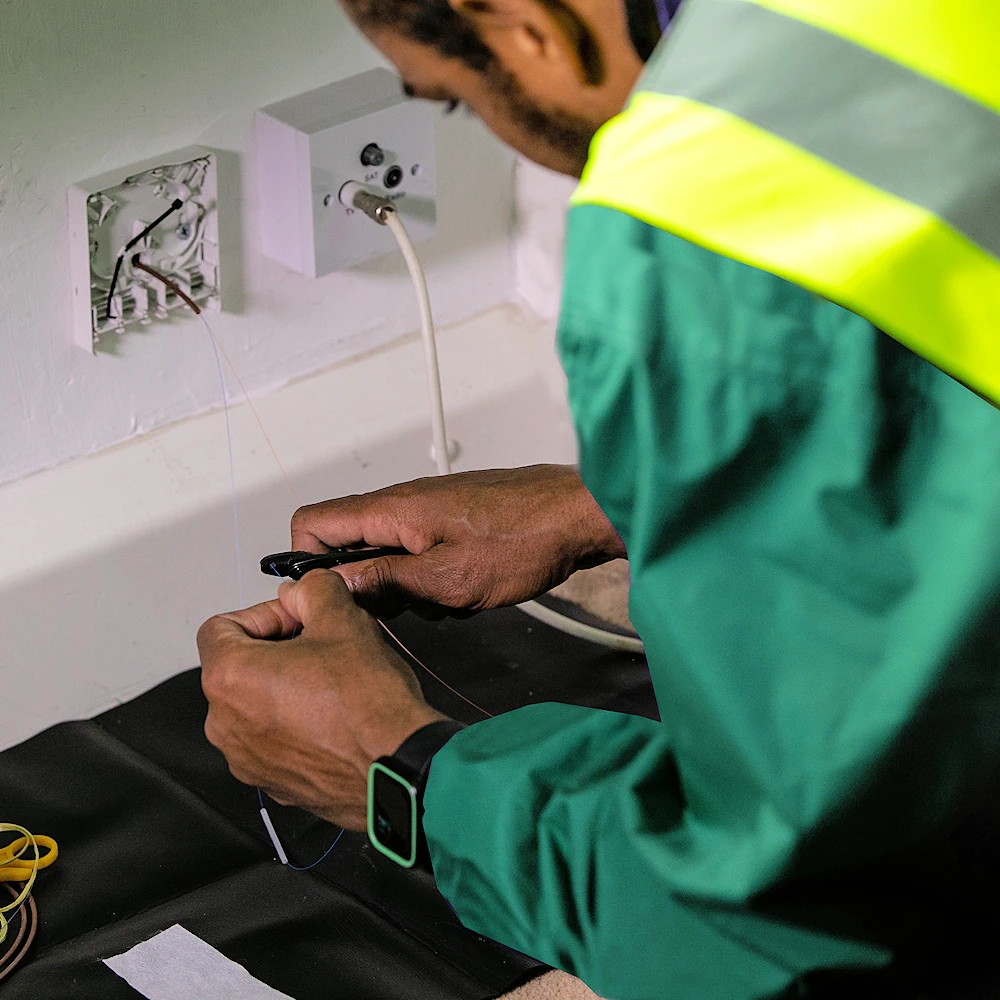




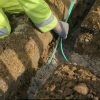






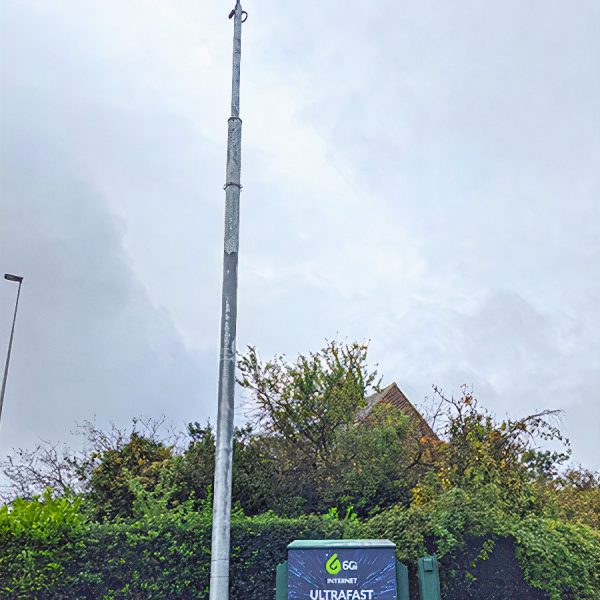



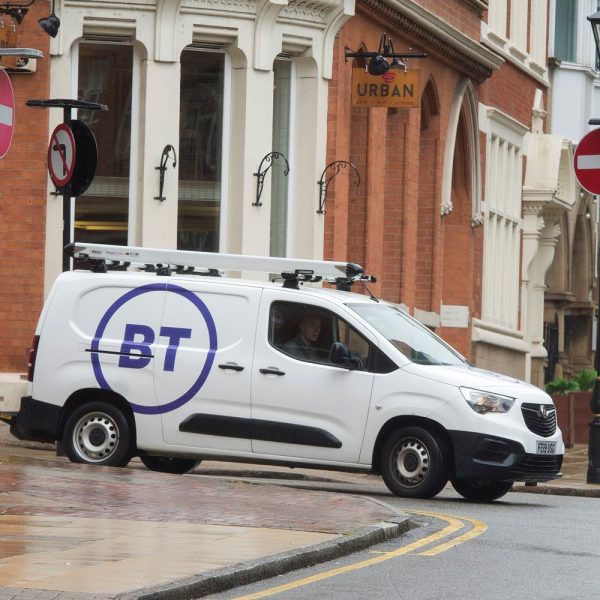































It’s a bureaucratic mess which must be costing a fortune simply to administer.
Replace it with measures to encourage sensible provision, such as cutting VAT and business rates for open access providers. For areas which cannot be served commercially use satellite alternatives.
Where local councils raise objections to infrastructure voters can make this an election issue to get the regulations changed.
It’s a bureaucratic mess – sums it up nicely. Especially here in Devon anywhere CDS have been involved!
I’m aware of properties locally that have recently been overbuilt by Airband FTTP, funded by CDS, that already have OR FTTP that was funded by CDS a couple of years ago.
I’m also aware of several cases where CDS funded FWA coverage was claimed, but in reality was nowhere near available. Getting the FWA provider (Airband again) to admit this so records could be amended to release alternative funding was a lengthy nightmare.
It is insane how areas that have no coverage had their vouchers withdrawn “ok so you don’t want us to do them anymore? We’ll skip them then” and areas we’ve covered are being offered vouchers
Waste of taxpayer money run by the incompetent
The BDUK’s annual report can be read here:
https://www.gov.uk/government/publications/building-digital-uk-annual-report-and-accounts-2022-to-2023/building-digital-uk-annual-report-and-accounts-2022-to-2023
Does anyone on this forum think that it provides good value for taxpayers?
I don’t think BDUK are good value. They employ over 300 staff at BDUK, costing over 20m a year in salaries, and I’m staggered that it can take so many people to achieve so little, so slowly.
300 staff 20M, 66K a peice!
That 20M could, nay should be put into more/better fiber for quite a few consumers.
This and the consumer benefitting (allegedly but not actually?) ‘OfCom’
All the network providers commings and goings like fleas (and I’ll bet the ceo’s dont suffer much withthe losses), rather than just having a consolidared national infrastructure of fiber, is actually benefitting consumers, and the state of UK intenet service how? LA 10, 11, 12 minimum speeds, minimus guarantted sppeds and their improvements over the last 6 years?
Small asside approximation and ‘project gigabit’s £5B is about £175 per houshold based on 28M dwellings, and this £5B is hardly the total costs when including all the private financial invetment/speculation, or local council ‘initiatives’. Is there any good reason why such important national service utility is so piecemeal and fragmented? And of the total costs how much is actually going into providingthe physical infrastructure rather than executive/overhead waste?
There is the otherside of capacity – that of actuals usefullness, i.e. that not being wasted on a lot of ‘social media’ tat that is arguably only benefitting a few non uk corporations; Faceb*, Insta/Twitter/X etc ?
The principal of vouchers was to deliver an easily comprehensible, targeted way of providing fast broadband subsidy in the rural environment. Sadly, this is yet another in a long line of issues that have detracted from what should be a relatively simple system.
This forum has covered many examples of voucher funding mired in bureaucracy, usually by conflicting in some way with other government funding streams or falling foul (as in this case) of some rule not previously visible.
Indeed, new voucher funding is almost unavailable now anyway whilst the regional procurements are in progress. If your project was already in progress, or you aren’t included in one of the regional procurement intervention areas, then you might be in luck.
Unless, of course, you are caught out by the kind of thing described here
Personally, I doubt that there is much that could quickly be done to upgrade FWA to deliver broadly acceptable speeds. Faster kit, more base stations and/or more bandwidth are needed. All expensive and challenging to deliver. Even with this, 100Mbps is typically about the upper limit without spending so much money that installing fibre may make more sense. BDUK should know this as much as anyone which makes their reasoning difficult to fathom unless money, and finding ways to avoid spending it, really is becoming an issue now.
I think Jim Weir makes some good points. The 85% target may well be reached by next year and could well influence what DSIT eventually does next.
I’ve never really believed the outside in thing anyway. The big regional procurement contracts (that are actually live that is) are busy connecting people mostly in the larger towns and villages.
This gets the most people connected the quickest.
However, what this means for the rest is a potentially very long wait whilst the outliers are done last not first. In the meantime they have no other way of improving their lot other than to wait for the contracted network builder to connect them at some point or, potentially, not connect them at all.
In my own case, a voucher project that should have started in 2021 had the funding withdrawn at the last moment due to a commercial build that never happened. Our properties are now in regional contract that hasn’t even been signed yet.
Voucher funding used to be a quicker way of injecting subsidy to get stuff built now rather than later. Specialist rural builders like Technological Services, B4RN and many others have used them successfully. I hope they can continue to access them with far less of these obstacles being thrown in the way.
In the meantime, huge amounts of public money are being spent on regional procurements.
I would be more inclined to accept that BDUK were ensuring the public purse was being used to best effect if they could demonstrate that the all of the towns and villages they have included could not have been reached commercially.
Personally, I think there are plenty out there that could have been.
Instead, they seem content to nickel and dime their way through voucher projects that could deliver service quickly to those that with the worst service and the least likely to benefit from a purely commercial build.
This is clearly a mess, one that I suspect is especially prevalent in any areas covered by the CDS project team. However, I wonder why the farm at Goosemore mentioned by Shearwell Data doesn’t use Starlink instead of Airband?
Could be a variety of reasons, which is not possible to answer without a deeper consultation that looks at the real needs of the business and its local network setup. But Starlink is also not a UK based company, can also experience variable performance and may not be able to negotiate a suitable solution due to poor or inflexible customer services. Not to mention, the slow upload speeds can be a problem for business users.
Clearly something wrong here BUT should a so-called “hi tec company” who say it’s “essential” to have access to “reliable, fast internet”, really be betting everything on a government voucher scheme that’s been designed to upgrade homes with shared, consumer grade broadband network?
If connectivity’s so crucial to “servicing the agricultural industry worldwide” then surely they should be investing in a proper business-grade ethernet line?
I know this will be jumped on by some but I don’t see why so many companies expect world class connectivity for peanuts.
Depends on how cost-effective vs scale/needs it would be for them to get a leased line of X speed installed and correctly setup in that location. Deploying private circuits like that into rural areas can be hugely expensive. For SMEs, it’s often overkill and the added costs are part of why companies often prefer to shift away from rural areas, which the government would of course like to reverse.
Fair points Mark, but any “hi tec” company should be aware of the fact that reliable connectivity isn’t a cheap or easy to source commodity in rural areas.
Shearwell Data operate from a site at Wheddon Cross, the article describes their test farm site at Goosemoor.
Plenty of businesses can run essential services using FTTP, there is no inherent difference in reliability between fibre for FTTP and fibre for Leased circuits / DIA. The difference is always in the support & SLA.
As a rural community and a good neighbour running a private circuit would reduce the likelihood their neighbours could get FTTP, far better to get FTTP for all the community and any business SLA service on that infrastructure should ensure faster repair times for all.
The central bureaucracy creating conflicts in procedures to delay payments or restrict access to services (Very often, granted of right by legislation) and employ more staff has always been with us, but recently it has become more widely used/fashionable and is particularly useful to HMG Treasury in micro managing the totals of Government expenditure in the macro economy . . . what a wheeze . . . “Shush, keep it under your hat” . . . . and its being used across government.
Off-Topic, One feature of “Modernised” government systems I did particularly like was how my recent on-line application for my driving licence renewal at 70 years of age, was, on first pass, refused on the grounds that they couldn’t verify my details on-line . . despite submitting my new passport number (Renewed since Christmas 2023), National Insurance number (With a history of 5 years of State Pension drawing and 34.5 year work record and 8.5 years on benefits) and my home address of the last 38 years.
One hour later, after posting details of the issue on Money Saving expert, where I learned that the problem was common and was caused by the DVLA system’s reliance on a now defunct signature recording capability of HM Passport Office system. A second application was attempted and suceeded.
I note with interest that the new photocard issued to me by DVLA, bears the recently submitted photo (To Passport Office and DVLA) together with the 14 year signature lifted from my 2014 Passport !!! How joined-up can you get ?
And all caused, quite possibly, because the “Modernised” Passports applications system (The opportunity to modernise being taken care of Brexit ?), has, since 2016, not required the submission of a signature (Or fingerprint or digital signature) and are issued with the signature strip blank (!!!), for signing, on receipt, by the addressee.
Must make Immigration officers’ jobs at ports of entry a real joy . . . and this is, in the absence of a National Identity card, a primary identification document.
Exactly the same delaying tactics going on, I’m told, in the education system, where kids, recognised as having Special Educational needs (Including support for a health condition) and recognised by the school as being in this category are having their official assessments delayed by the government’s agents (County Councils). Meanwhile, the school doesn’t get the extra funding to support the child’s health condition and consequently can’t take on the liability and resulting in the parent being obliged to keep the child at home under threat of prosecution for non-attendance. Absolutely superb.
And some ex-HMG representatives reckon its viable to go to war with Russia. Planet F***wit.
Not to mention the 100% secure, will never leak or get sold, holding of biometric passport data. Why s it governments can’t do anthing hollistically, comprehesively and robustly well, and or they are allowed to do things so badly.
As for biometrics – you can cut of a finger, eye or head unwillingly, or stollen by surveilance but to date a password can not be taken out or your head – it has to be given up, it’s under your control.
Just think in comparison if the recent showers of goverments were responsible for implemention of our historical infrastrctures; water, waste, gas network, national grid, rail, road and mid 1900s telephony. Still we’ll be reaping the rewards of from the negligence of maintenence and national improvements strategy post war for furhter decades to come.
A bright future of continual cost ineffective re-rework for the UK? Its’ just amazing that we continually fail to make a bad situations intelligently and logically better, via abdication of national accountability and ability, divide and fragment rather than consolidation and cohesion. Privatisation a solution or avoiding the issue.
What ever happened to do it right, do it well, first time, and reap the rewords for decades as opposed to repent at leaisure.